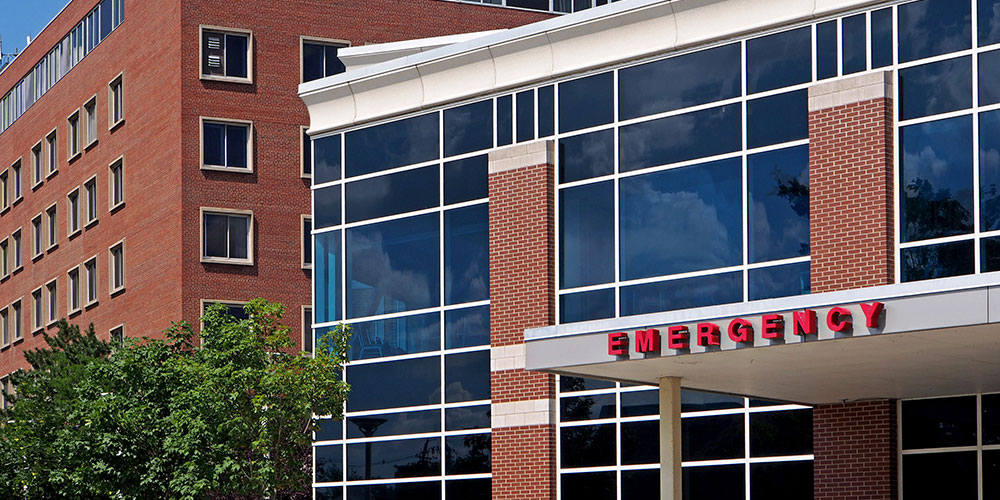industry-news
Local Efficiency Insulation Rebates
May 11, 2021

Healthcare facilities spend over $6.5 billion on energy each year, according to Energy Star. That amount is constantly rising as these facilities work to meet the rising needs of patients.
Energy savings does more than simply improve a company’s bottom line; rather, a focus on energy conservation helps healthcare facilities meet the IHI Triple Aim. By being more energy efficient, hospitals around the country can save money, reduce or even prevent greenhouse gas emissions, improve the air quality within their communities, and support their commitment to public health. Hospitals can reinvest savings from improved energy performance into improving patient care or into the facility itself.
While largescale energy infrastructure upgrades can be costly and time-consuming, there are cost-effective measures hospitals can take to optimize their existing energy use. Rather than spending large sums of money on pricey infrastructure projects, optimization focuses on low-cost measures and uses existing equipment to make them as efficient as possible.
Optimization is an ideal place to start for most hospitals. It requires limited capital investment, provides high ROI and is the environmentally responsible choice. Here’s how your hospital can start optimizing energy performance without costly expenditure on capital improvements.
The first thing a hospital should do to optimize energy use is to compile benchmark data. Having a complete understanding of the ways your facility uses energy will help differentiate high priority areas that require the most improvement and allow you to track progress over time.
In order to begin tracking and measuring energy performance, you need to collect and analyze performance data from key building systems. Take the time to document what the systems are, how they are operating, and when they are operating.
Not sure where to start? You can begin with air handling units, chilled and hot water systems, compressors, and patient rooms. By tracking energy patterns in these places, you’ll discover operational energy-saving opportunities in areas such as the building schedule, equipment maintenance, and pump sequencing.
Sometimes it’s the most basic actions that make the biggest impact. There are small adjustments you can make to optimize your hospital’s energy performance that typically go unnoticed or are ignored.
Here’s an example: balancing air and water systems. When was the last time you performed a proper adjusting and balancing of HVAC systems? This is a simple step that can enhance indoor air quality and efficiency.
Another small change is adjusting thermostats for seasonal changes and occupancy. As common-sense as it may sound to adjust the heating and cooling schedule in response to building occupancy and changes in the weather, many facilities don’t take the extra step of developing a temperature control schedule. Many small but practical adjustments can add up to significant energy savings.
If your mechanical equipment and piping systems are wasting money and energy, you probably don’t need to replace or upgrade the entire system.;
Retrofitting your building or facility with mechanical insulation is a way to upgrade quickly to the energy saving levels that will drop utility billswhile enhancing the longevity of your building components such as equipment, plumbing infrastructure, and more. The technological advances of retrofitting with the highest-quality mechanical insulation can save hospitals hundreds of dollars in annual energy loss.
Even if your equipment is already insulated, chances are that the insulation is missing or damaged. The first step toward implementing or optimizing mechanical insulation is scheduling an insulation energy audit. This professional assessment calculates the energy and dollars a facility or process is losing with its current insulation system and demonstrates how a more efficient system can:
Hospitals don’t need to make large, expensive capital investments to optimize their energy performance. There are simple, cost-effective ways that hospitals can optimize their existing energy infrastructure while helping their line and meeting their commitment to health.